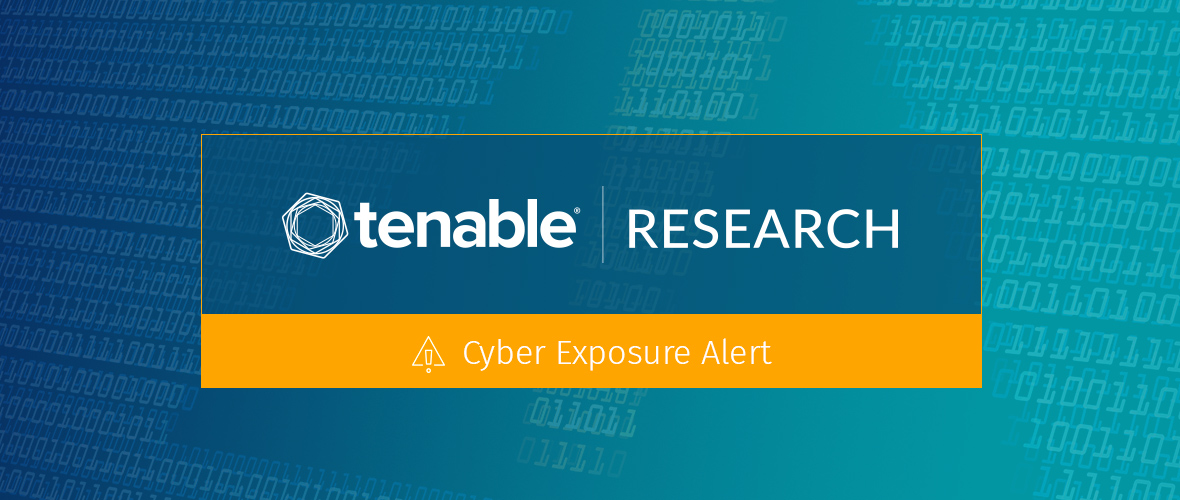Cisco Patches Multiple Flaws in Adaptive Security Appliance and Firepower Threat Defense (CVE-2020-3187)

Cisco releases a bundled publication to address 12 vulnerabilities across Adaptive Security Appliance (ASA) and Firepower Threat Defense (FTD), including a critical path traversal vulnerability.
Update 05/09/20: This blog has been updated to remove references about Firepower Management Center (FMC) software, as Cisco have confirmed that it is not affected.
Background
On May 6, Cisco released security advisories for 34 vulnerabilities, including 12 vulnerabilities rated as “High,” in its Adaptive Security Appliance (ASA) and Firepower Threat Defense (FTD) as part of a bundled publication.
Analysis
The 12 vulnerabilities in the bundled publication include the following:
| CVE | Vulnerability Type | Products Affected | CVSSv3 |
|---|---|---|---|
| CVE-2020-3187 | Path Traversal | ASA, FTD | 9.1 |
| CVE-2020-3195 | Memory Leak | ASA, FTD | 8.6 |
| CVE-2020-3179 | Denial of Service | FTD | 8.6 |
| CVE-2020-3191 | Denial of Service | ASA, FTD | 8.6 |
| CVE-2020-3196 | Denial of Service | ASA, FTD | 8.6 |
| CVE-2020-3254 | Denial of Service | ASA, FTD | 8.6 |
| CVE-2020-3283 | Denial of Service | Firepower | 8.6 |
| CVE-2020-3298 | Denial of Service | ASA, FTD | 8.6 |
| CVE-2020-3189 | Denial of Service | FTD | 8.6 |
| CVE-2020-3125 | Authentication Bypass | ASA | 8.1 |
| CVE-2020-3255 | Denial of Service | FTD | 7.5 |
| CVE-2020-3259 | Information Disclosure | ASA, FTD | 7.5 |
While the majority of the vulnerabilities in this publication are denial of service, the path traversal vulnerability appears to be the most notable, with a CVSSv3 score of 9.1.
CVE-2020-3187 is a path traversal vulnerability that surfaces in the web services of Cisco’s Adaptive Security Appliance and Firepower Threat Defense software when the WebVPN or AnyConnect feature is configured. According to Cisco, this flaw exists when processing URLs that are not properly validated. A remote, unauthenticated attacker could send a specially crafted HTTP request using “directory traversal character sequences” to the affected device, allowing the attacker to read or delete sensitive files from the web services file system. The advisory from Cisco notes that any ASA or FTD device with a vulnerable AnyConnect or WebVPN configuration is affected. The following tables show the ASA or FTD feature and the associated vulnerable configuration displayed when using the 'show running-config' command via the command-line interface:
| ASA Software | |
|---|---|
| Cisco ASA Feature | Vulnerable Configuration |
| AnyConnect IKEv2 Remote Access (with client services) | crypto ikev2 enable |
| AnyConnect SSL VPN | webvpn enable |
| Clientless SSL VPN | webvpn enable |
Source: Cisco CVE-2020-3187 Advisory
| FTD Software | |
|---|---|
| Cisco FTD Feature | Vulnerable Configuration |
| AnyConnect IKEv2 Remote Access (with client services) | crypto ikev2 enable |
| AnyConnect SSL VPN | webvpn enable |
Source: Cisco CVE-2020-3187 Advisory
Reading sensitive files is limited in scope
This vulnerability evokes memories of recent vulnerabilities in SSL VPNs like Pulse Connect Secure, FortiGate, and Citrix ADC. While they might seem similar in nature, it does not appear that this vulnerability has the same level of exposure. According to Cisco’s advisory, an attacker can only read and delete files “within the web services file system” and the exposure “does not apply to the ASA and FTD system files or underlying operating system (OS) files.” The type of files exposed in the web services file system include:
- WebVPN configuration
- Bookmarks
- Web cookies
- Partial web content
- HTTP URLs
Deleted files are recoverable
Cisco’s advisory also notes that, even if an attacker were to delete files from the web services file system, the files would be restored once the device has been reloaded.
Proof of concept
At the time this blog post was published, there were no proofs-of-concept available for any of the advisories Cisco released.
Solution
Cisco has released software fixes for most of these vulnerabilities. However, not all of the advisories appear to have released complete fixes. We recommend referring to the individual Cisco advisories or contacting the Cisco Technical Assistance Center (TAC) for information on solutions.
Identifying affected systems
A list of Tenable plugins to identify these vulnerabilities will appear here as they’re released.
Get more information
- Cisco Advisories for May 6, 2020
- Cisco May 2020 ASA and FTD Software Security Advisory Bundled Publication
Join Tenable's Security Response Team on the Tenable Community.
Learn more about Tenable, the first Cyber Exposure platform for holistic management of your modern attack surface.
Get a free 30-day trial of Tenable.io Vulnerability Management.
- Vulnerability Management



